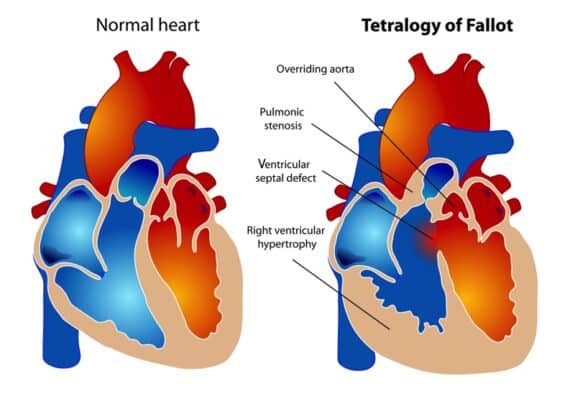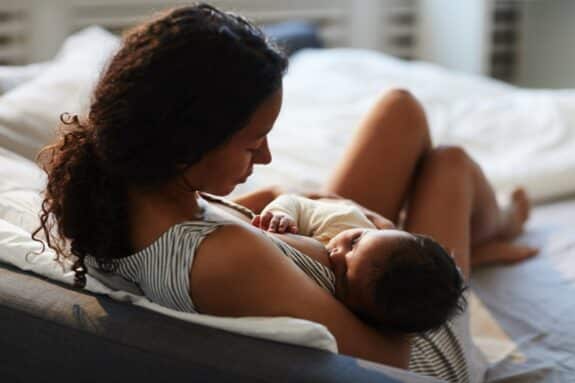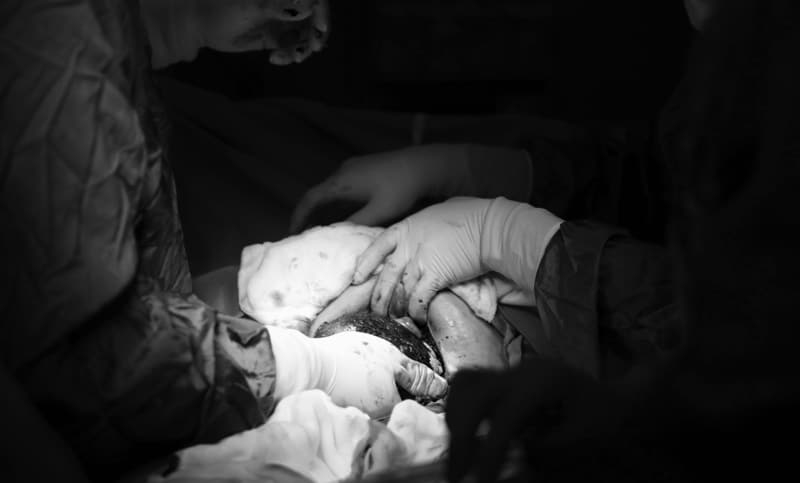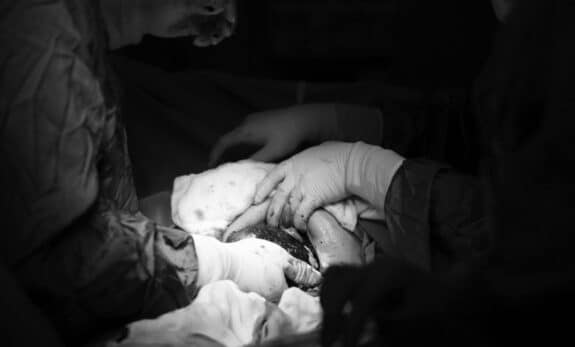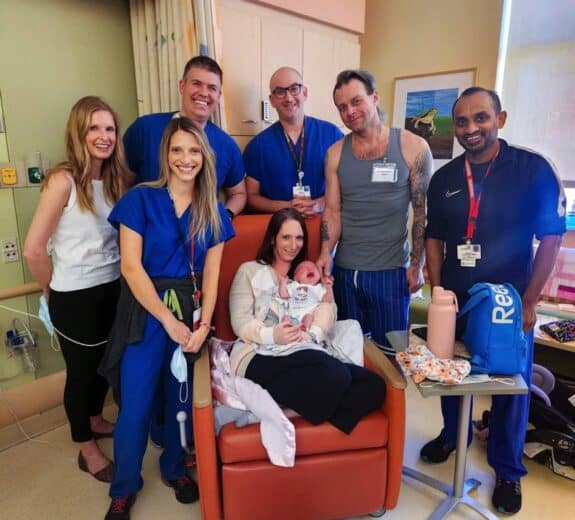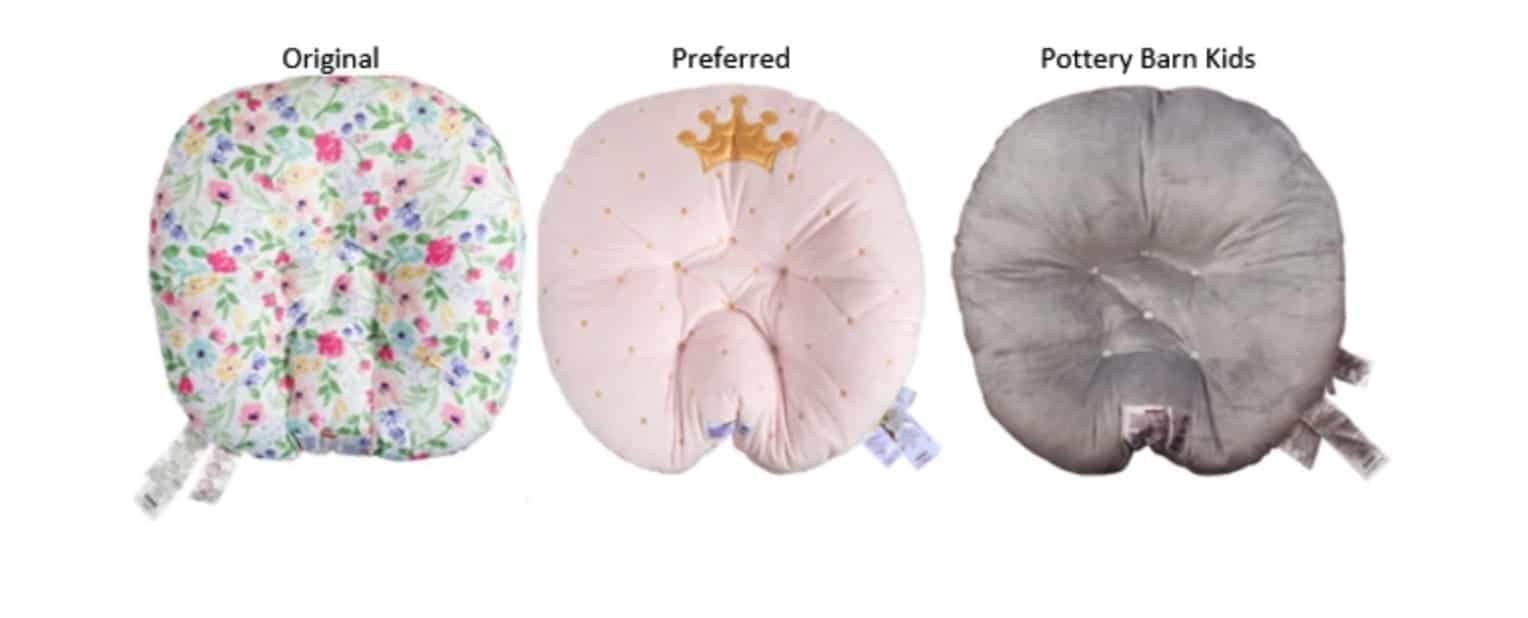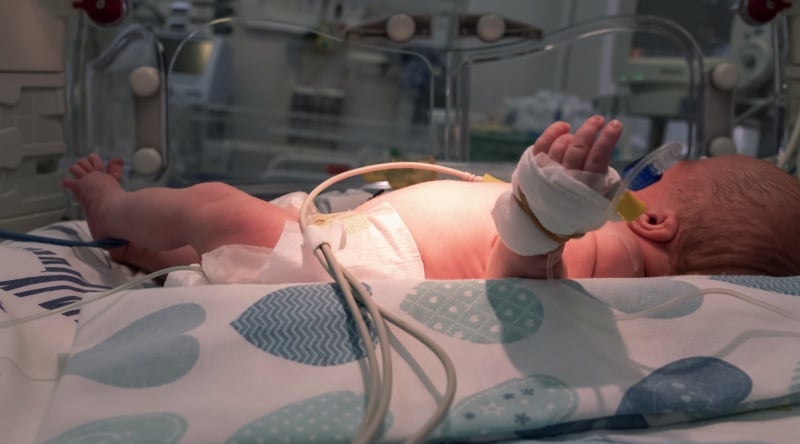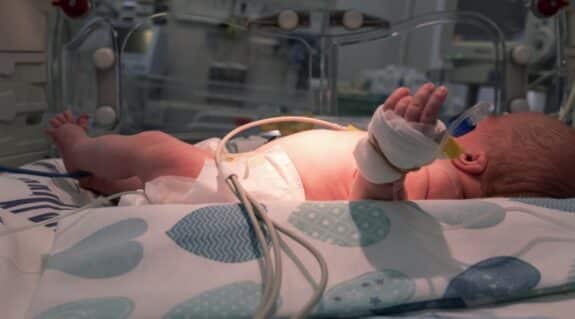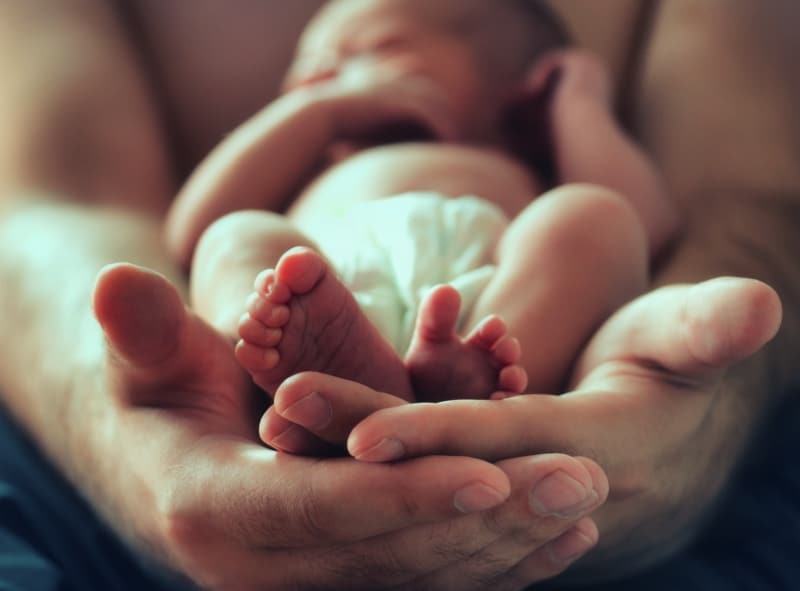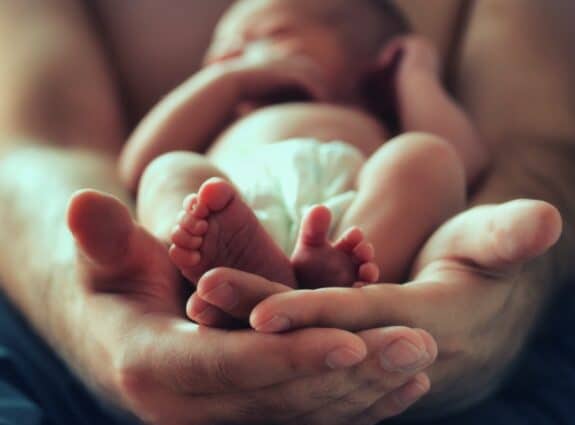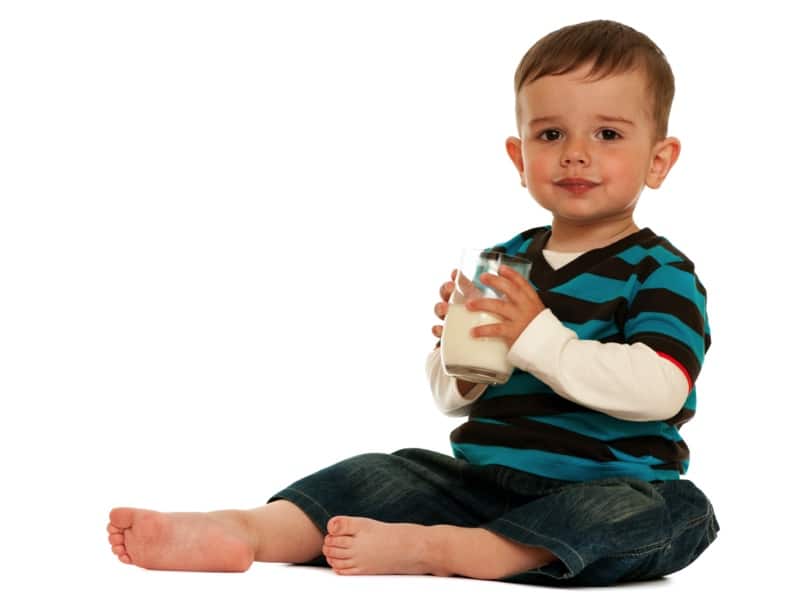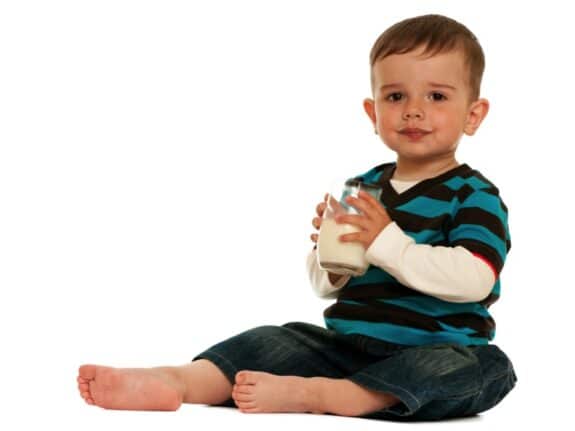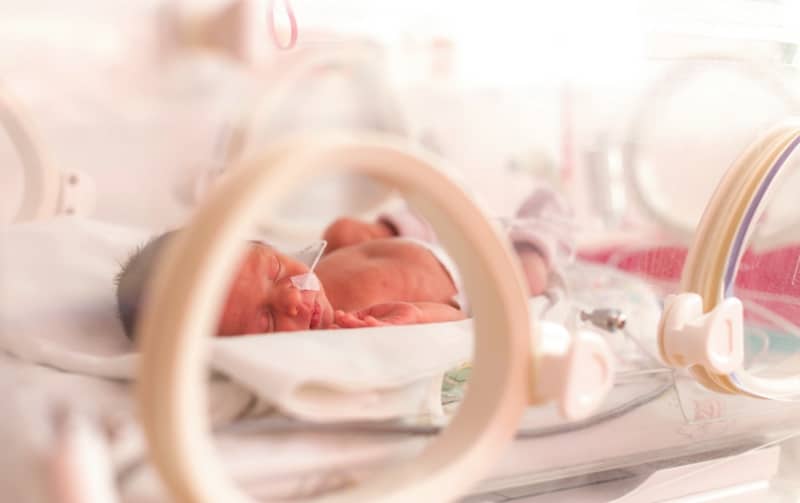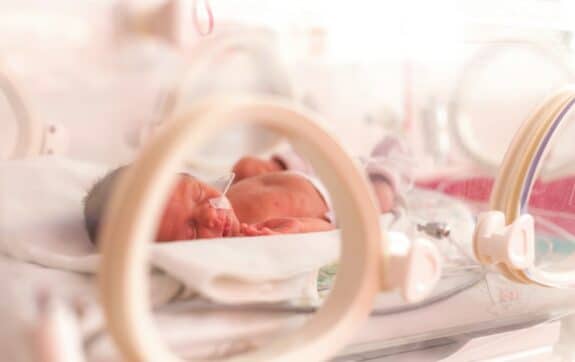What should have been a joyous moment for a new mother turned into a frightening nightmare. Her son, baby Micah, was born with a rare defect of the heart. The condition, known as Tetralogy of Fallot, affects an estimated 1,660 infants in the U.S. each year.
“There’s four different things wrong with his heart,” Yesenia Rangel, Micah’s mom said. “He had like a hole in his heart and his arteries were facing the wrong way and he had to get a pulmonary artery replaced with the cadaver piece, so, he’ll need future surgeries to replace that.”
She’d given birth at Saint Alphonsus. Both were transferred to St. Lukes, where a cardiologist assessed little Micah. Mother and baby were then flown to California, to the Lucile Packard Children’s Hospital at Stanford, where Micah received emergency open heart surgery.
“They put us on a plane,” Rangel said. “Then we arrived there, I had to get my family flown over there too that same night. It was just really scary. I was somewhere new, and I’ve never been there… it was like really stressful.”
The entire procedure took eight hours.
“I just was scared he wasn’t going to make it,” Rangel said. “Like he might not wake up from surgery, even beforehand, like up until surgery, I was just scared ‘like, what if my baby doesn’t make it through surgery?’… the days up until I was trying to enjoy it just in case he didn’t come back out of surgery.”
Thankfully, he did just fine. Mom and baby spent a month in California while Micah recovered. Today, he’s doing quite well. Other than his scars, you wouldn’t know he’d had surgery.
“He’s been recovering well, like within a week after surgery, they were taking all the tubes out. he didn’t have any more tubes within that first week and I mean, since he’s been home, he’s been doing really good,” Rangel said.
She has Medicaid and hopes that will cover most of their expenses. However, she’s started a GoFundMe page to help her family recover from other financial losses, as dad wasn’t able to work while they were in California. The family added that they are grateful to St. Luke’s for sending them to California, and to the Ronald McDonald house, where they stayed during Micah’s surgery and recovery.


